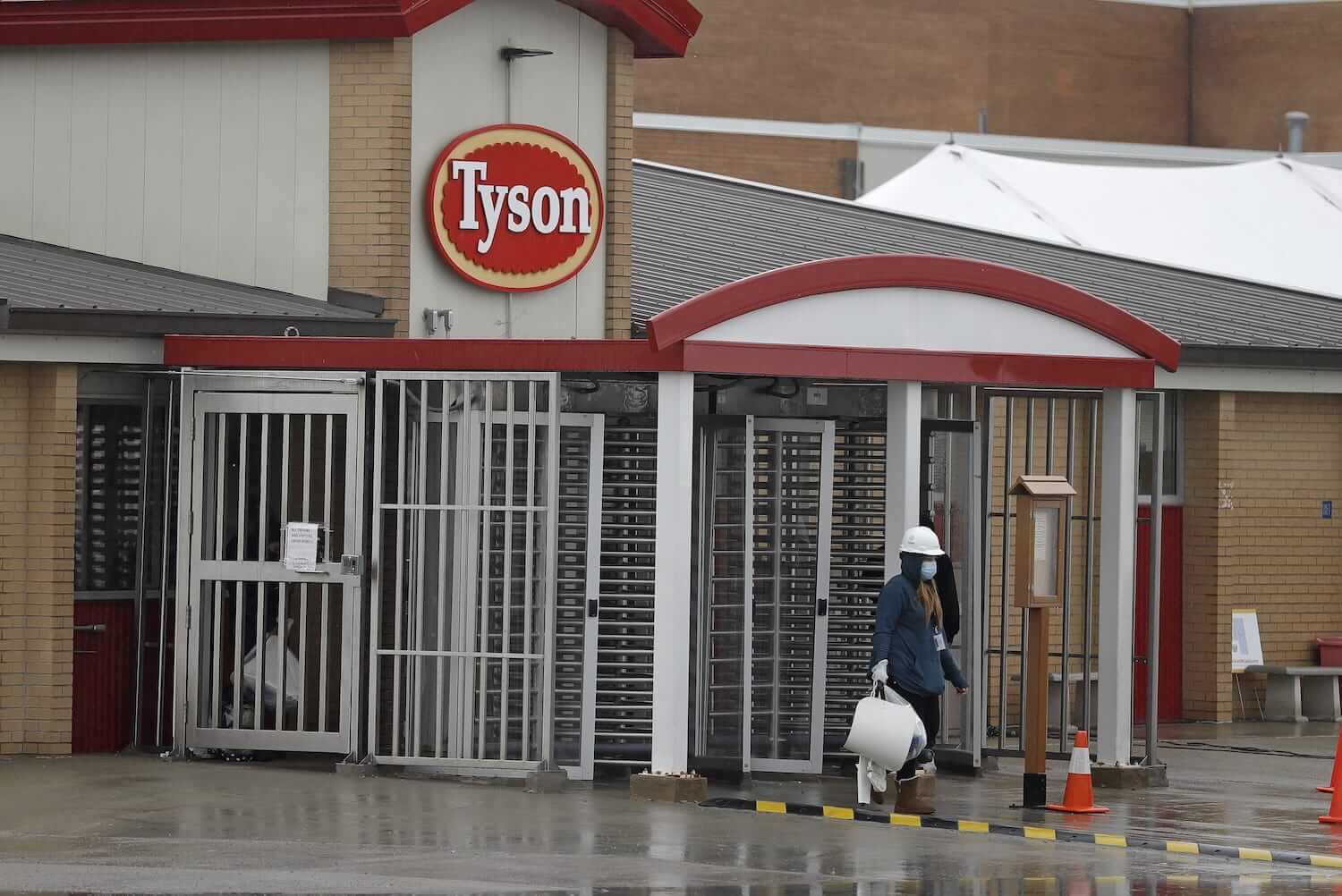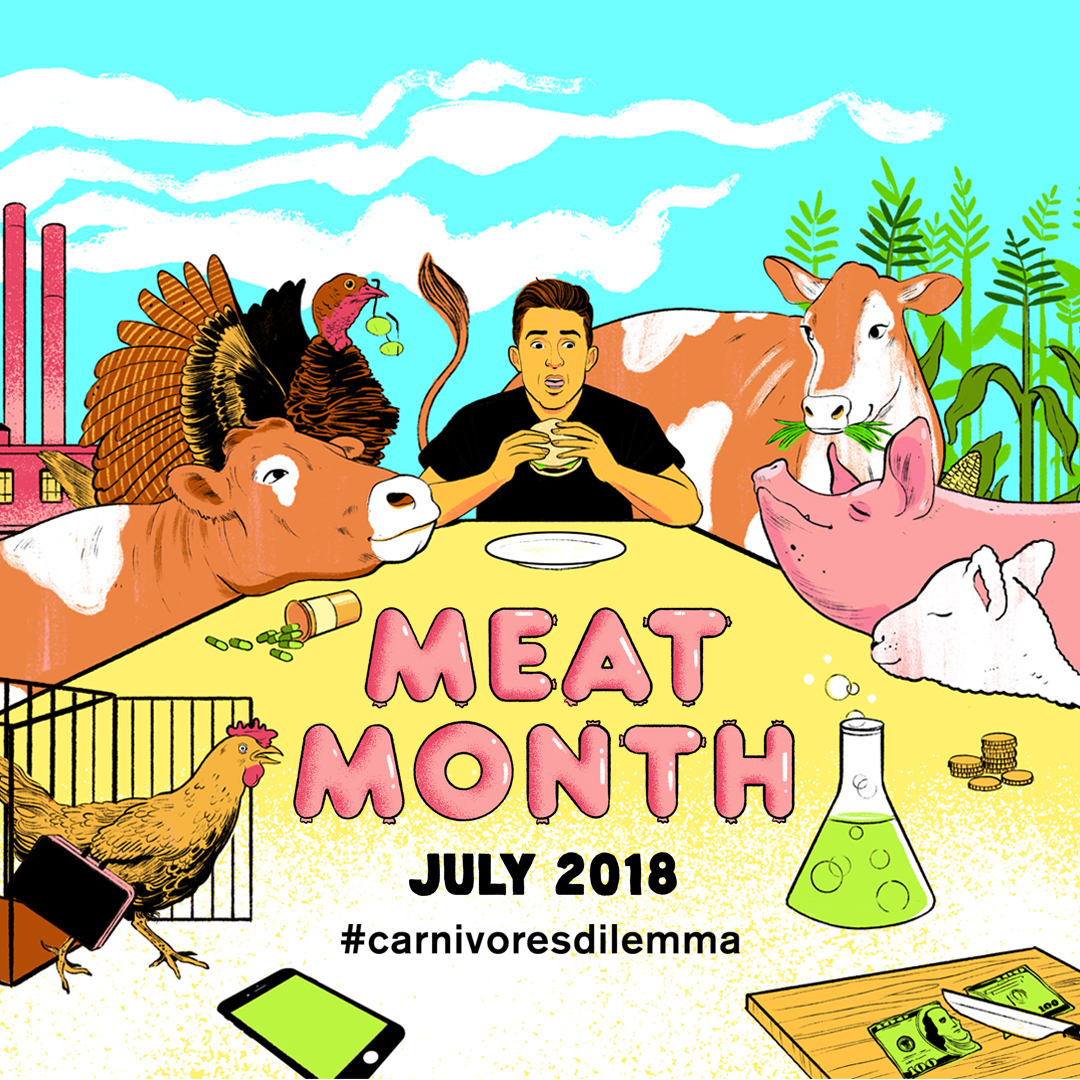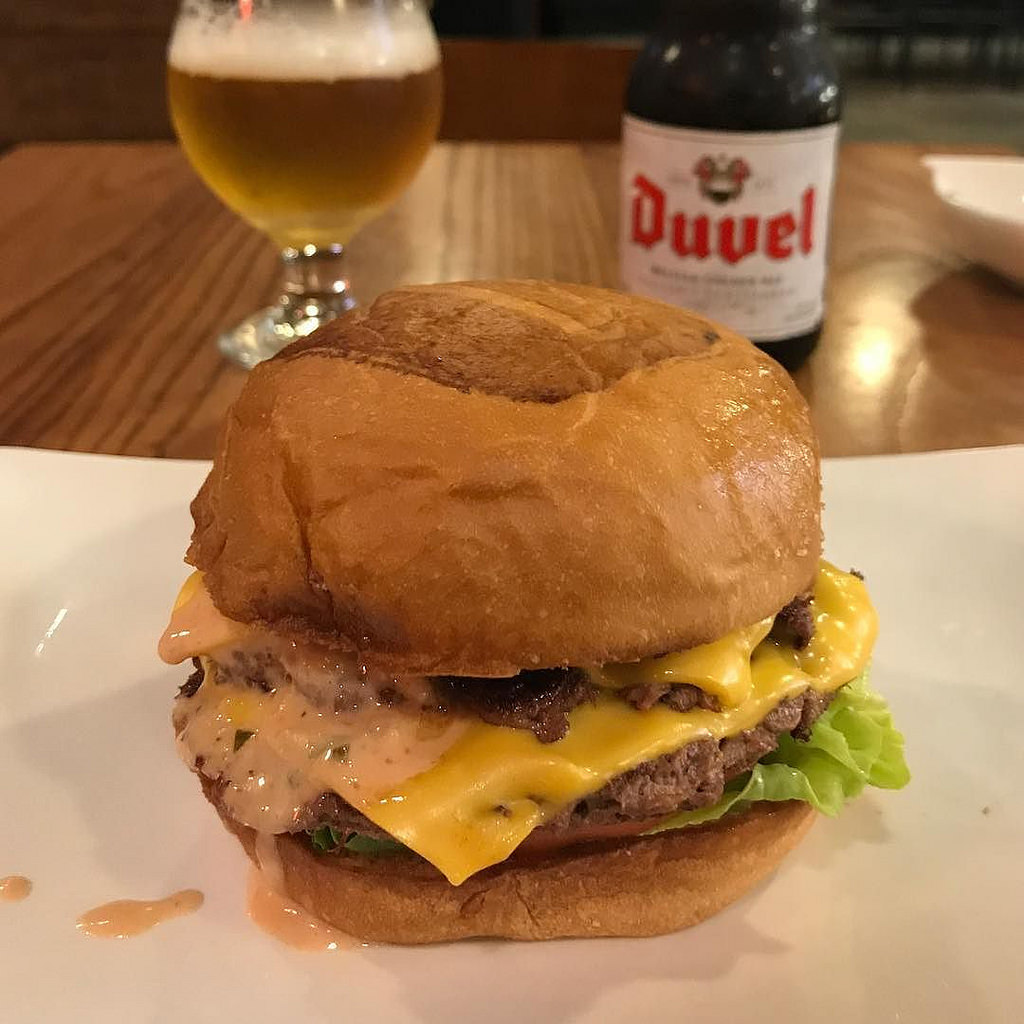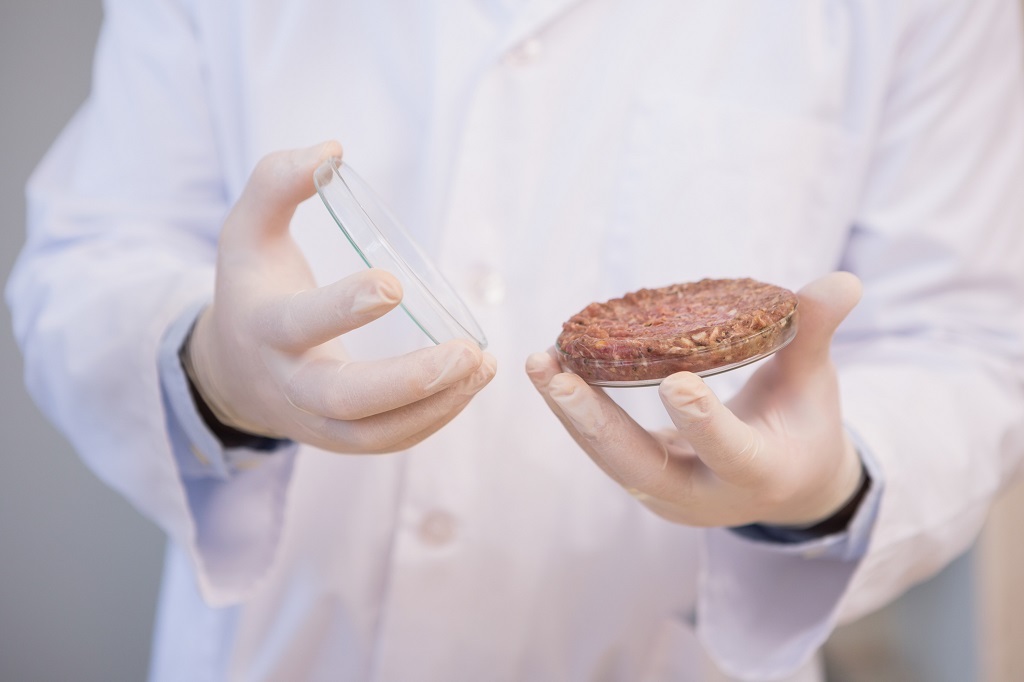
AP Photo/Darron Cummings
Meatpacking plants nationwide have become coronavirus clusters, sickening thousands of workers, and prompting the chairman of Tyson Foods to publicly threaten widespread meat shortages.
Updated 9:57 A.M EST.
Above: A Tyson Foods plant in Logansport, Indiana, which remains closed after 146 workers tested positive for Covid-19.
President Trump signed an executive order on Tuesday, using the Defense Production Act, a Korean War-era law, to ensure that the nation’s meatpacking plants will remain open, declaring them “critical infrastructure” during the Covid-19 pandemic.
“Given the high concentration of meat and poultry processors in a relatively small number of large facilities, closure of any of these plants could disrupt our food supply and detrimentally impact our hardworking farmers and ranchers,” read a White House fact sheet on the order issued Tuesday.
The action follows a high-profile, full-page ad that appeared Sunday in the New York Times, Washington Post, and Arkansas Democrat-Gazette, in which John H. Tyson, chairman of Tyson Foods, warned that “the food supply chain is breaking” and pleaded with the U.S. government to intervene. “The government bodies at the national, state, county and city levels must unite in a comprehensive, thoughtful and productive way to allow our team members to work in safety without fear, panic or worry,” he wrote.
A twitter thread by The Counter, which provided additional context and analysis, was retweeted by the president on Tuesday morning.
As we’ve reported in recent weeks, America’s food supply chain is experiencing unprecendented disruptions in the wake of Covid-19, and the meat industry’s struggle has been especially notable. According to The Counter’s tracker of slaughterhouse closures, 23 major meat plants have been closed due to the pandemic, and 8 have since reopened. The situation continues to be fluid, as facilities address ongoing illnesses among their workers and administer safety and cleaning protocols in response.
Of grave concern is human cost of compelling packers to stay open during the crisis. The growing number of workers who have been hospitalized or are showing symptoms has topped 5,000, according to the United Food and Commercial Workers International Union (UFCW), the largest meatpacking union, with over 250,000 members across the country. The union on Monday said at least 20 workers have died.
Worker safety is an issue in meatpacking plants under normal circumstances. But the proximity in which workers stand to one another while on the line—sometimes shoulder to shoulder, as little as six inches apart—makes social distancing all but impossible during this crisis.
“We urge the Administration to immediately enact clear and enforceable safety standards that compel all meatpacking companies to provide the highest level of protective equipment through access to the federal stockpile of PPE, ensure daily testing is available for workers and their communities, enforce physical distancing at all plants, and provide full paid sick leave for any workers who are infected,” said UFCW in a statement issued Monday. “Additionally, to protect the food supply and ensure these safety standards for workers are enforced, these plants must be constantly monitored by federal inspectors and workers must have access to representation to ensure their rights are not violated.”
Tyson Foods is one of four global meatpackers—along with JBS, Cargill, and Marfrig, collectively known as the Big Four—that dominate as much as 80 percent of the American meat supply chain. That’s a hefty market share: In 2019, U.S. meat sales topped $50.05 billion.
On Sunday, the Occupational Safety and Health Administration (OSHA)—the federal agency responsible for worker safety—issued guidelines for meatpacking plants alongside the Centers for Disease Control and Prevention (CDC), the Washington Post reports. The guidelines are not mandatory. The agency also announced earlier this month that it will not enforce its record-keeping requirements for work-related illnesses until further notice.
Then on Tuesday evening, OSHA and the Department of Labor issued a joint statement indicating, among other things, that the president’s order supersedes the ability for state and local health authorities to shut down any meat plants. “Additionally, because of the President’s invocation of the DPA,” reads the statement, “no part of the Joint Meat Processing Guidance should be construed to indicate that state and local authorities may direct a meat and poultry processing facility to close, to remain closed, or to operate in accordance with procedures other than those provided for in this Guidance.”
Tyson had not responded to a request for comment by press time. This post will be updated as this story develops.
Additional reporting contributed by H. Claire Brown and Jessica Fu.








